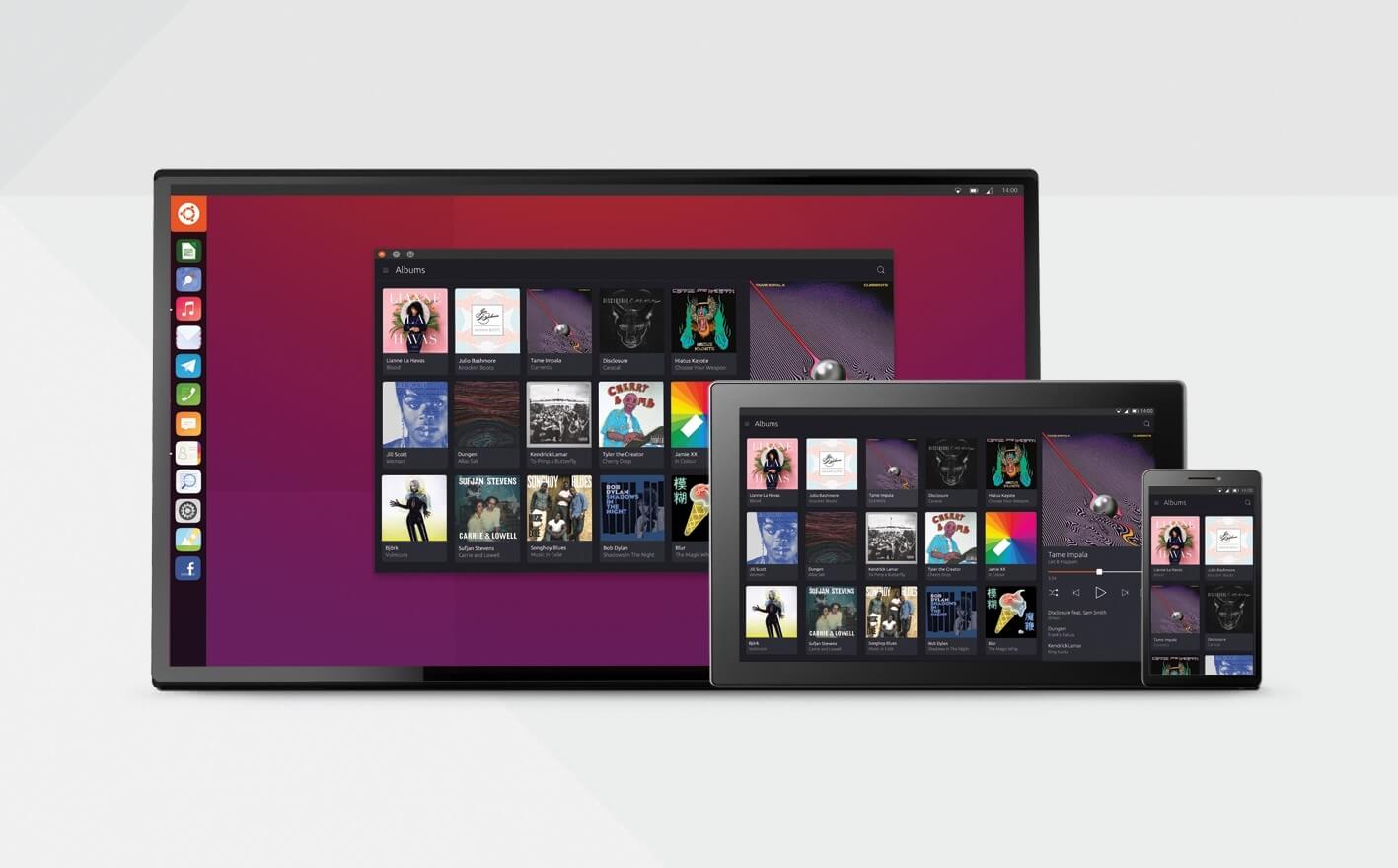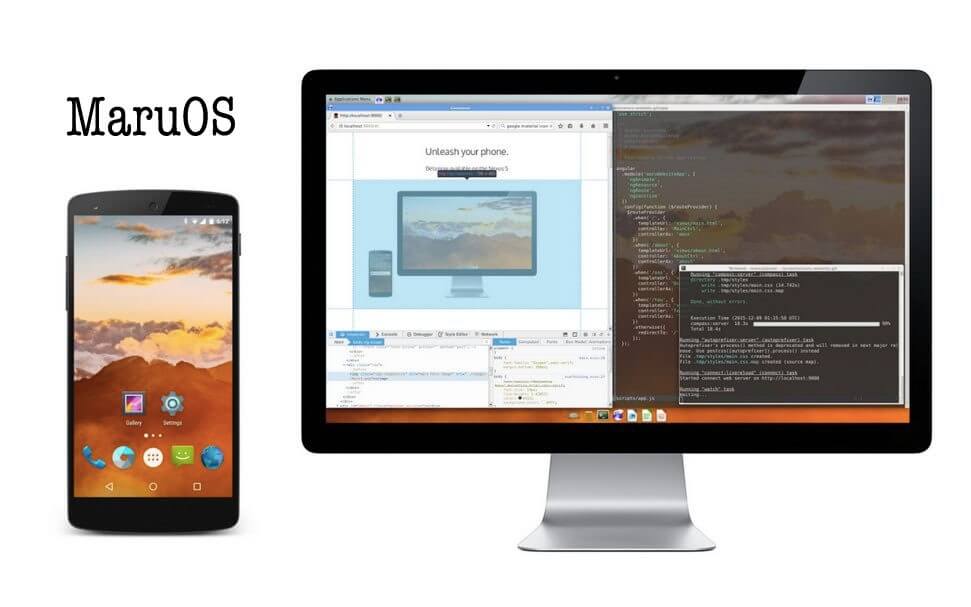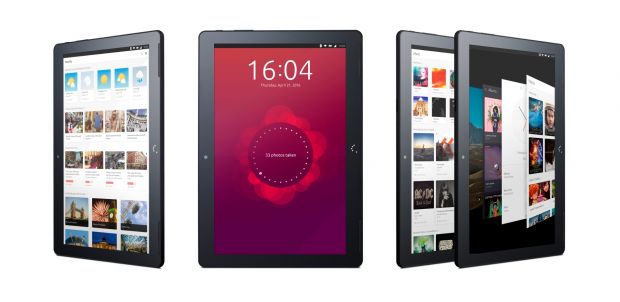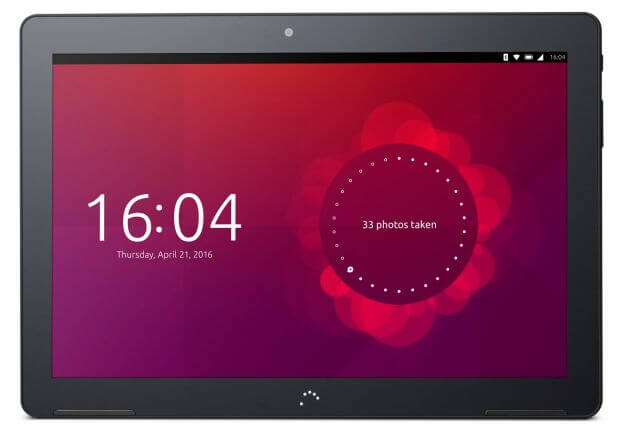A device that essentially merges two operating systems while running both effectively without any fail has for long been a sorted technology – it existed however, in a somewhat mediocre fashion that is well, very unimpressive but still appealed to those that fancied it – to the extent necessary.
We’re talking about the various Windows/Android dual boot configurations on a single device and there are quite a lot of them – you just Google the usual keywords.
However, a single unified experience has been the most sorted for against the above-mentioned in the sense of Microsoft’s glorified Continuum (we’ll come to that later) and the all-new Ubuntu convergence that essentially debuted with the recently announced BQ Aquaris M10 slate – that is apparently the first device to feature TRUE convergence.
What does Ubuntu’s convergence entail?
Canonical has been cooking up the whole idea behind it’s convergence for Ubuntu and first hinted it publicly back in 2011 and then in 2013 with it’s supposed high concept smartphone – that would have come in a dual boot configuration while still allowing you to seamlessly switch to a desktop suited UI (deprecated Ubuntu for Android or a full fledged Ubuntu desktop experience) when the device is docked.

Sadly though, the campaign never reached it’s intended goal of $32M on Indiegogo and the concept of the phone somewhat died away afterwards – hence killing the original vision of Ubuntu for Android.
Fastforward to 2016 and true convergence is about to take off with the newly announced Ubuntu Touch powered M10 tablet that has apparently garnered quite some attention in the industry since it’s announcement a couple of days back.
So far there are three devices featuring the Ubuntu Touch OS – two of which are from the European-based OEM BQ and the last which is the MX 4 from Meizu – a Chinese OEM.
However the above-mentioned tablet device will be the first to feature Ubuntu’s convergent – which will essentially let you switch between two interfaces – one which is the stock Ubuntu Touch UI and Ubuntu’s desktop experience like you know it when connected to an external display.
When using the device in tablet mode you can multitasking with the side stage feature that pretty much allows you to run two apps side by side effectively.
And as you’re probably aware, the Ubuntu Touch OS ships with the Mir display server – which will eventually be used across future generations of all Ubuntu’s software service starting with 16.04.
“We’re bringing you everything you’ve come to expect from your Ubuntu PC, now on the tablet with BQ, soon on smartphones. This isn’t a phone interface stretched to desktop size – it’s the right user experience and interaction model for the given situation,” says Canonical CEO Jane Silber.
The Mir display server will include backward compatibility for legacy X11 apps like the likes of LibreOffice, Mozilla Firefox, GIMP and Gedit that are among the curated list of applications that will come preinstalled on the M10 tablet.
Also considering that the device is powered by an ARM-based chipset, you will be able to slap on virtually any app using the ARM Instruction set with your usual “apt-get” commands (thanks to Linux ongoing support for ARM’s architecture since 1994).
The unified desktop/tablet experience in a single OS al’a convergence proves that all you need is one smart device and an external display when necessary and you’re good to go.
Given that Mir and Unity 8 (which originally debuted with Ubuntu Touch) will be coming in stable with Ubuntu 16.04 LTS, and the Canonical backed company will also be releasing an SDK with essentially tools that will allow third party developers to utilize the full capability of the Ubuntu convergent – thereby allowing apps to adapt and run seamlessly on any display size at all – without any change in the code-base of the app.
It is also worth noting that Ubuntu is currently the only platform that supports a touch friendly mobile interface together with a complete desktop experience from a single smart device.
How does convergence benefit the enterprise?
Ubuntu’s presence is well known in the enterprise and its undoubtedly Canonical’s main focus and biggest cash cow. All form of businesses both big and small will be able to tap in and maximize the power of Ubuntu’s convergent – which will bring true flexibility (allowing you to take your work with you wherever you go), seamless integration with thin client services and VDI (virtual desktop infrastructure).
How does Ubuntu’s convergence compare with Microsoft’s Continuum?
The whole idea behind Ubuntu’s convergence is a singular OS for varying use cases and devices whereas Microsoft’s supposed imitation is far off from achieving the same goal.
Irrespective of the fact that Windows Mobile operating system shares similarities with its big brother on the desktop, they are still far from actual concept realization – particularly because Microsoft’s app store (that was introduced with Windows 8) is still lacking in metro apps and Windows on the desktop still has a whopping 80%+ using the win32 base – thereby slowing the adaption rate of Continuum as the most used apps are still in the win32 format and not metro styled.
However, one of the reasons Microsoft introduced Continuum is to close the gap between its Windows Mobile OS and Windows on the desktop.
The disadvantage of this move is that the success of their plan is entirely dependent on third party devs and it seems that they’re slowing adopting Microsoft’s idea of replacing win32 apps with Metro – nonetheless, Continuum is still in it’s early days so it’d be rather unfair to judge it’s current state.
To sum that up, Windows Continuum is basically a projected desktop like interface when a windows phone (with the required processing power is docked) – However, this does not provide a full fledged Windows 10 operating system experience like the Ubuntu counterpart.
Which of course means the OS is still far off from a singular unified experience – which is what Canonical already cooked into the M10 slate with Ubuntu’s Convergent.
There has also been some previous attempts at making a smart device operate as a desktop in the past – if you quite remember Motorola’s Atrix of 2011 that had the initiative of blowing up your Android UI when connected to an external display but failed miserably.
A more recent technology is Maru that is essentially an Android Lollipop OS on your smartphone and Debian Linux when connected to a display.
The Maru approach is somewhat similar to the now deprecated Ubuntu for Android project that canonical was apparently working on four years ago and was sort of in a preliminary stage before support for it was dropped.

Conclusively, Canonical aims to eventually unify the whole Ubuntu experience in the notion of one operating system to rule them all; on the other hand, Microsoft is trying to bring the desktop experience to Mobile phones in a mimical form which is not bad in its own right but it’s not the SAME as Ubuntu’s convergence. Which of course means the latter is the better one at this point.
What is in for end-users, OEMs/ODMs and oprerators?
Currently, only the BQ Auaris M10 slate is offering the convergent feature but previously released Ubuntu Touch powered devices will be receiving OTA updates that will likewise bring the desktop/mobile experience to theses handhelds.
However, the power of true convergence is not just limited to these four devices and the extent at which OEMs can maximize the potential of the software – to better serve customers – is only limited by their ability to integrate the functionality with their hardware.
Typical speaking, consumers like yourself and I will have the luxury of simply connecting our smart Ubuntu Touch powered device to an external display to enjoy the most of the convergence experience with the added benefit of aethercast (also Mircast and DisplayCast) – that will essentially allow your device to transform into a fully -characterized Ubuntu desktop wirelessly.
What makes the BQ Aquaris M1O tablet tick if you may ask?
If you’ve built quite some interest for the M10 tablet by now, the internals and the overall specification of the slate might as well interest you.
Powering the 10 incher is a 64 bit Mediatek Quad-core MT8163A clocked at 1.5Ghz and coupled with 2GB of RAM and 16GB of internal storage that is expandable via a Micro-SD slot – with support for up to 64GB cards.

There’s an Full HD LCD display (1920 by 1080P) AT 240PPI with a 16:10 aspect ratio and a viewing angle of 170 degrees.
The imaging units fitted in the Aquaris M10 slate are an 8MP on the rear with a dual tone, dual LED flash together with autofocus and a 5MP upfront.

Like we mentioned many a time above, the BQ M10 slate will come preinstalled with Ubuntu’s Touch OS and all the goodies that come with it. It is also worth mentioning that the device supports 10 points finger touch and also has frontward firing speakers.
There’s currently no pricing details and availability of the M1O Aquaris tablet however, we should be learing more on the slate pretty soon. There’s also an Android powered variant that is up for sale on BQ’s online store.
On the bright side, we should be seeing more OEMs partnering with Ubuntu in the nearer future to create devices that will ship with the Ubuntu Touch OS thereby increasing our options.
If you already own and of the previously released Ubuntu Touch smartphones you’ll be glad to know that convergence will be coming your way with an OTA update – we couldn’t possibly say how soon though but be sure to keep an eye out.
Conclusion
It is exciting to see Canonical with Ubuntu pioneering the Singular OS space – this, of course, wont spell doom for Microsoft (as Ubuntu never competed with the Redmond company) but for fanboys and Linux enthusiasts out there, it is sure something to drool over and we are nearing a point where Ubuntu might just make more inroads in the consumer space.
There are quite a few other dissimilar concepts out there that are also based on Linux (that we haven’t made mention of in this article) – but wherever this might take the whole Linux industry to in the nearer future is sure interesting and given the fact that it surpasses the Microsoft’s Continuum in functionality proves that innovation in Linux is not dead and Microsoft might just continue to play catch up in regard to the feature set of Linux.
What is your take on Ubuntu’s convergence? Let us know in the comments box below.


I do not understand why bet for old ARM Android hardware models.
I do not understand why there are not cheaper x86 old hardware offered
I do not understand why there are not x86 with 4GB of RAM Ubuntu (or other GNU OSs) products at the market or distros for them as x86 phones and tablets, Ubutu books Ubunto boxes and ubuntu SOHO 30″ 720p AIO plus Ubuntu TVs (there was a prototype)
I f you search a lot Dell has a cheap Inspiron with Ubuntu or Linux Mint made a Mint box, but with a lot of countries having Ubuntu as their school OS as Spain, at least one cheap model and one better and expensive one for each family product should be at this time on the market and as people buy products with the OS pre installed and Linux performs far better than MS WOS at this cheap machines plus is far cheaper to use (almost every software is FOSS even a lot of games but not all) it would have its 2 digits market share if it is offered to the public pre installed.
I believe with time..especially since innovations like Convergence are very promising for the Linux world as a whole..this might just be the start of something new…
I had the opportunity of working with Canonical on another of their flagship products – and it was pretty much clown cars all the way down… I like Ubuntu, but the tech support for OpenStack (on Ubuntu) was so bad that we switched vendors in mid-stream.
I agree!
It’s beginning to look like Canonical have the Holy Grail of coding: a core code that works across chip architecture, and with different i/o. Linux at the leading edge of coding development.
Time now for OEMs to exploit Ubuntu. It will be interesting to a new standard in phone/PC modules: one device capable of doing most of what the majority of us do most of the time. Time now to see Ubuntu TV, Ubuntu IoT, Ubuntu Car etc too.
No doubt! assuming Arch could get the same kind of financial support Ubuntu has….but that hasn’t always been the case..sadly; However, community support is growing stronger for both platforms which is still the backbone of any BIG Linux distro..
I know the Linux dream is of coders working in their geeky bedrooms in the stinging hours, and contributing to the code cannon freely. Of volunteers tirelessly maintaining apps and standing guard against malware. But a sound financial foundation does seem to be fundamental to making progress. Look at Mozilla – there was quite a bit of anticipation around their mobile OS, before the metaphorical financial carpet was pulled from under them… My guess is that, even getting full Linux onto a tablet or a phone won’t be enough to assuage the Linux purists of their disdain of Canonical.